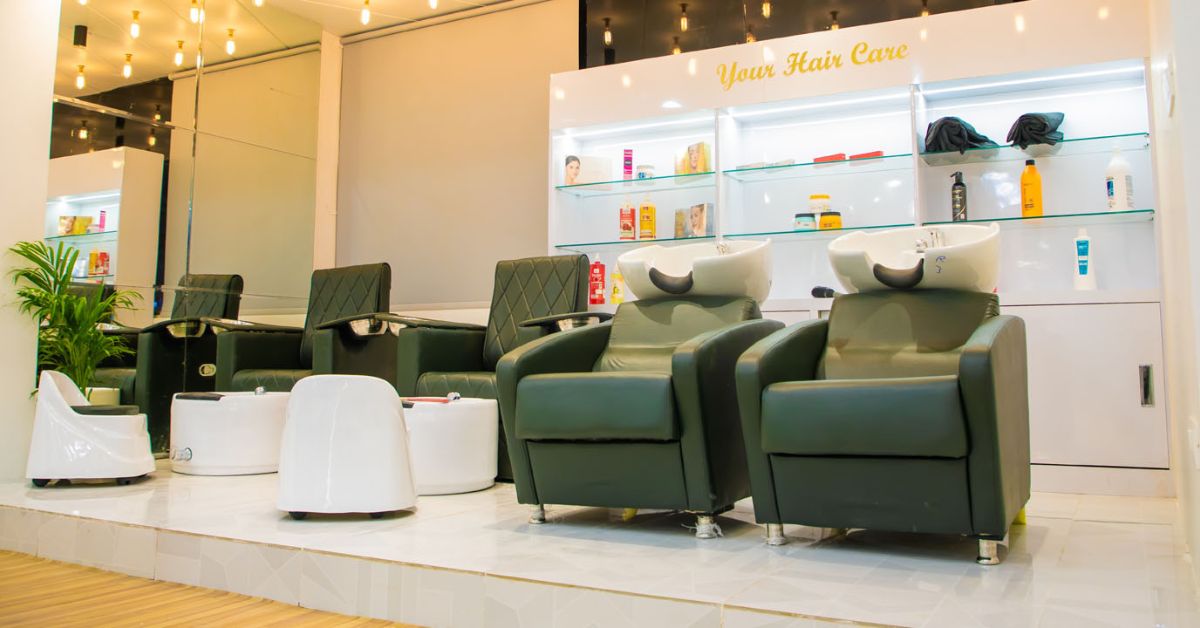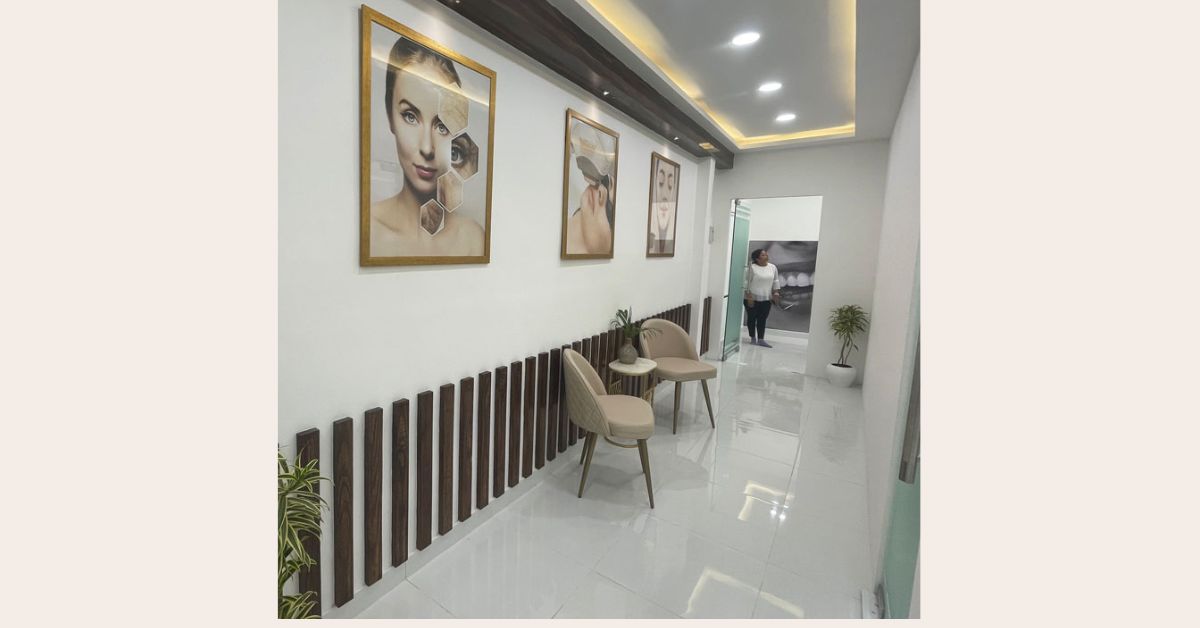
How Commercial Interior Designers Help to Build Stronger Brand Spaces
In today's blind-operated and experience-focused market, the importance of a well-designed space cannot be eliminated. A commercial interior designer makes more than making the spaces attractive; they align interiors with the essence of a brand. From the first impression, customers gain up into the functional efficiency of the staff workpieces, affecting each design element created by a commercial interior designer, how the business is operated, and beliefs. Businesses investing in professional design often enjoy strong brand recall, high customer engagement, and an increase in loyalty.
Importance of Space Planning in Commercial Design
The space plan makes the backbone of effective commercial interior design. This includes strategic organization of furniture, route, lighting, and utilities to ensure fluid movement and optimal functionality. A commercial interior designer evaluates both physical architecture and intended use of space. Whether it is a retail store, corporate office, co-functioning location, or hospitality, a thoughtful scheme ensures that the environment is both beautiful and efficient. It is this balance that increases brand experiences and operational productivity.
How Design Reflects Brand Identity
One of the primary functions of a commercial interior designer is to translate the brand ethos of the company into a tangible location. This is beyond selecting a color palette or material - it is about creating an immersive experience. A brand that stands for innovation may have an open, flexible layout and tech-powered details, while one that promotes luxury can include luxurious texture, soft light, and premium finish. Every material, stability, and spatial arrangement should tell the brand story.
Emotional Impact of Interiors on Clients and Employees

The design is not just a visual language - it is emotional. The atmosphere created by the interiors greatly affects how customers and employees feel and behave. Warm lighting and comfortable furniture can invite customers to sex, while ergonomic workstations can promote staff morale. A professional commercial interior designer engineer studies human behavior in the environment that develop desired emotional reactions. Positive associations with a location resulted in prolonged trips, repeat businesses, and improved workplace satisfaction.
Functional Value of Aesthetic Design
Often underestimated, beauty has an objective in commercial interiors. A well-designed space does not just please the eye; This increases the purpose. For example, a restaurant with clearly defined areas for seating, ordering, and waiting ensures the smooth customer flow. Similarly, retailing interiors designed with a logical navigation path can guide customers to increase sales opportunities through propaganda areas. A commercial interior designer mixes creativity with a strategy, ensuring that beauty options support practical goals.
Sustainability in Modern Commercial Interiors
Sustainability has become an essential idea for contemporary commercial places. Customers rapidly favor businesses that display environmental responsibility. A commercial interior designer integrates permanent practices by choosing environmentally friendly materials, maximizing natural lighting, improving insulation, and including energy-efficient fixtures. These options not only reduce environmental impact, but also make the brand ahead and socially aware.
Adapting Design for Different Commercial Industries
The design requirements of a retail store vary greatly from hospital or co-competing space. A commercial interior designer should have a deep understanding of the needs of each industry. In retail, product visibility and customer travel are important. In offices, comfort and concentration take prejudice. The restaurant requires careful balance of atmosphere and efficiency. The best designers deliver each project with fresh eyes, stitching concepts to match the nuances of each business area.
The Role of Technology in Commercial Interior Design

Modern commercial interior designers use advanced software and equipment to imagine and execute designs with accuracy. Virtual Walkthrough, 3D modeling, and AI-based analytics allow customers to look at their location before construction starts. Technology also plays a role in the design, with the integration of smart lighting, automatic climate control, and digital signage, which enhances both function and appeal. Taking advantage of technology, commercial interior designers increase user experience and align with contemporary expectations.
Long-Term Business Value of Professional Interior Design
While professional interior design involves advanced investment, its long-term ROI is sufficient. Increased customer experience, better employee performance, brand stability, and adaptability are only a few benefits. A well-designed space can develop with trends, adjust business growth, and reduce the need for frequent overhauls. Working with an experienced commercial interior designer is a strategic decision that has an average impact over time.
Conclusion
A well-thought-out commercial space is far more than walls and furniture—it is an embodiment of the brand, a catalyst for customer engagement, and a hub of operational efficiency. Commercial interior designers play an indispensable role in this process by merging aesthetics with utility, emotion with function, and vision with reality. Businesses looking to distinguish themselves in competitive markets must consider design not as a luxury but as a necessity. Collaborating with an expert like Interiors by ADs ensures that every square foot of your commercial property supports your brand’s journey and resonates with the people who matter most.
FAQs
Got questions? We've got answers. Explore our frequently asked questions to find information on project timelines, budget considerations, and your involvement in the design process.


